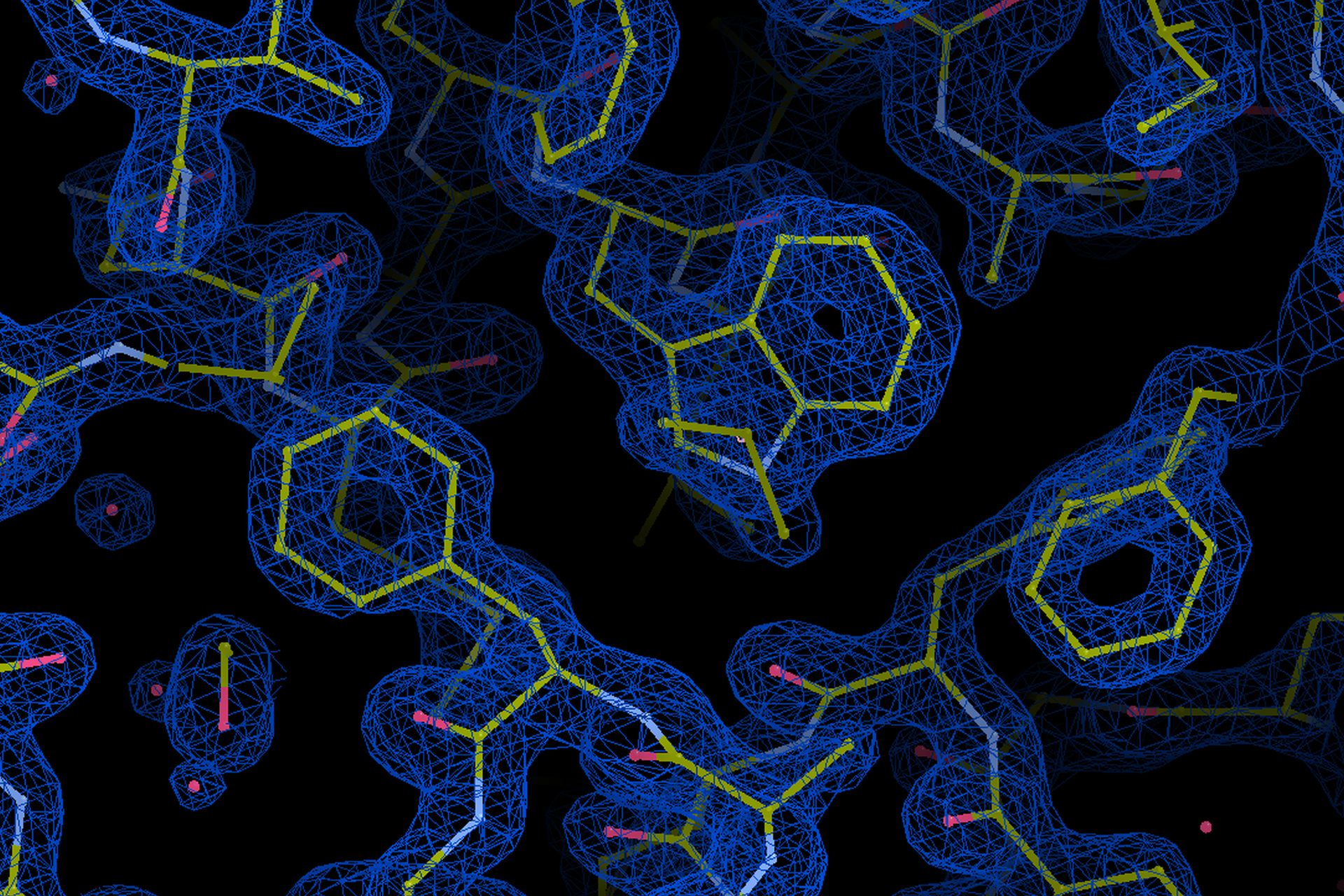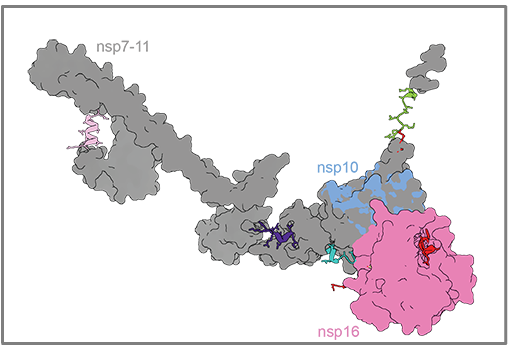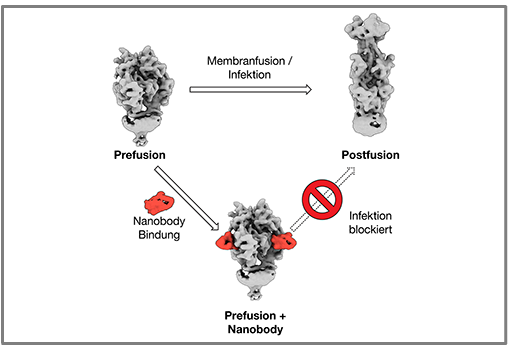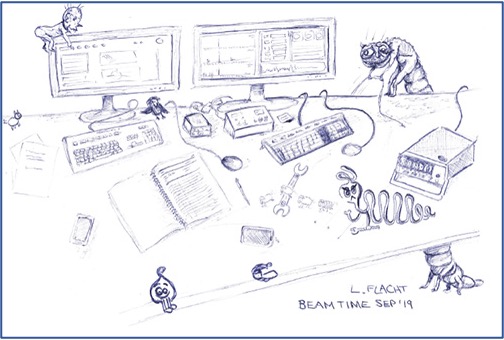How deadly parasites ‘glide’ into human cells
The CSSB groups of Christian Löw (EMBL) and Tim Gilberger (BNITM/UHH) reveal insights into the molecular structure of proteins involved in the gliding movements used by parasites to invade human host cells.
Gliding movements to invade host cells
Gliding refers to the way that certain cells move along a surface without altering its shape and is a form of movement unique to parasites from the phylum Apicomplexa, such as Plasmodium and Toxoplasma. Both parasites, which are transmitted by mosquitoes and cats, have an enormous impact on global heath. Plasmodium causes 228 million malaria infections and approximately 400,000 deaths per year. Toxoplasma, which infects about one third of the human population, can cause severe symptoms in some individuals and is particularly dangerous during pregnancy.

Gliding enables the Apicomplexa parasites to enter and move between host cells. For example, upon entering the human body through a mosquito bite, Plasmodium glides through human skin before crossing into human blood vessels. This type of motion relies on actin and myosin, which are the same proteins that enable muscle movement in humans and other vertebrates. Myosin has a form of molecular ‘legs’ that ‘march’ along actin filaments and thereby create movement.
In Apicomplexa, myosin interacts with several other proteins, which together form a complex called the glideosome. The molecular mechanisms of the glideosome are, however, poorly understood as the structures of most glideosome proteins remain unknown.
Molecular stilts facilitate gliding
The Löw group analysed the molecular structure of essential light chains (ELCs), which are glideosome proteins that bind directly to myosin. Using X-ray crystallography and nuclear magnetic resonance (NMR), the researchers obtained the first molecular structures of ELC bound to myosin A in Toxoplasma gondii and Plasmodium falciparum. Their study, published in Communications Biology, shows that ELCs work like ‘molecular stilts’ – upon binding myosin A, the ELCs become rigid, and start to act as its lever arm. This stiffening lets myosin take longer steps, which likely accelerates the parasite’s gliding movements.
The researchers also investigated the role of calcium, a presumed gliding regulator, in the interaction between ELCs and myosin A. Surprisingly; they discovered that calcium does not influence the structure of ELCs, however, it does increase the stability of the ELC-myosin A complex. This unexpected result demonstrates that the glideosome architecture still contains many mysteries.
“Developing a better understanding of how the glidesome operates could ultimately enable the development of drugs that inhibit the glideosme’s assembly,” explains Löw “Thus, halting the progression of diseases such as malaria or toxoplasmois.”
Reference:



